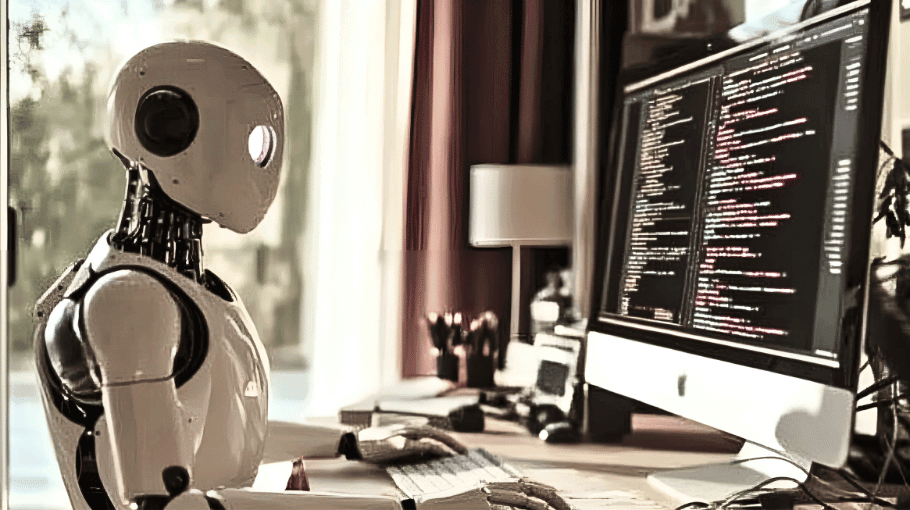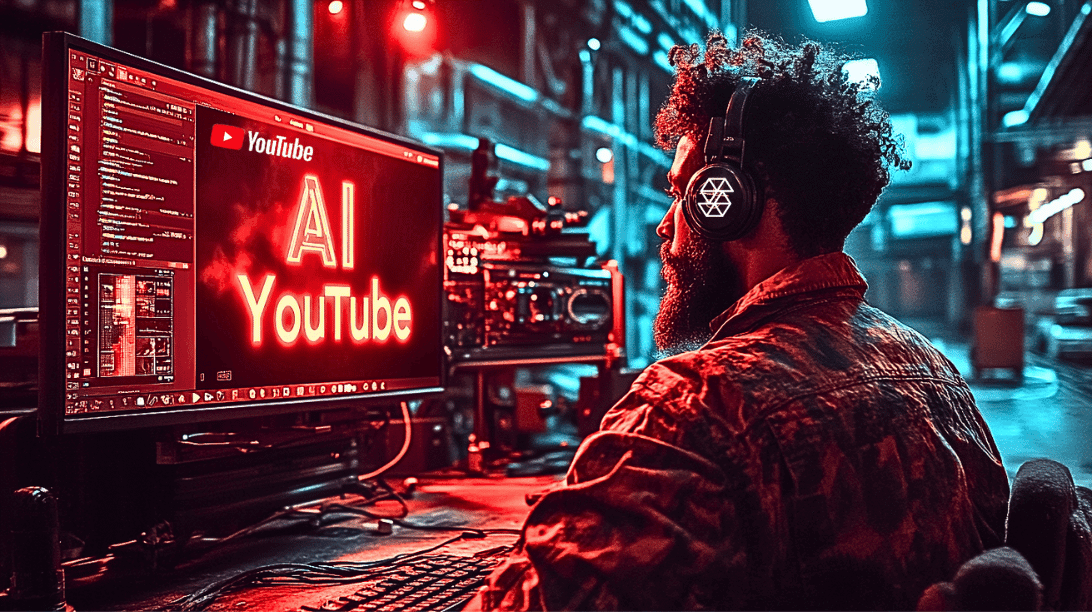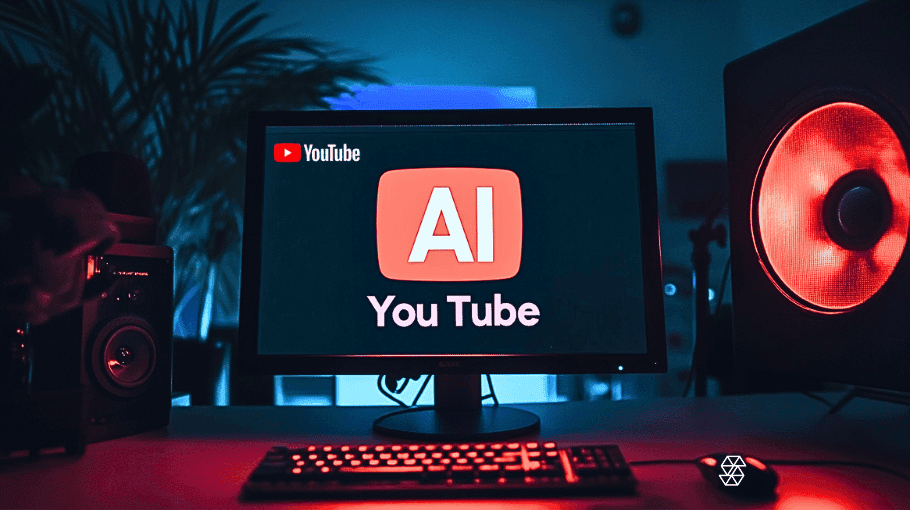How AI Image Generators Like Midjourney Impact Future Design Jobs
<img title="Discover how AI image generators reshape design jobs" src="https://skimai.com/wp-content/uploads/2023/07/Discover-how-AI-image-generators-reshape-design-jobs.-.png" alt="Discover how AI image generators reshape design jobs" width="6912" height="3456" /
In recent years, the vast potential of artificial intelligence has permeated across numerous industries, revolutionizing traditional processes at the same time. One such sector that stands on the cusp of significant transformation is the realm of graphic design. The emergence of generative AI, which is the foundation of AI image generators, is promising a shift in paradigms, altering not just how designs are created but also who creates them.
AI image generators like Midjourney and OpenAI’s DALL-E 2 are at the forefront of this design revolution, powering an era of automation in graphic design that has the potential to redefine job roles, challenge existing workflows, and provide exciting opportunities. But with this evolution comes a pressing question – what implications does this AI-driven revolution hold for the future of design jobs?
As we explore this important topic, we’ll delve into the potential impacts and trends this technological advancement could usher in for designers worldwide, with a special focus on Midjourney. We’ll also look at how AI advancements are reshaping job prospects, influencing industry disruption, and paving the way for a symbiotic future of human-AI collaboration in design
AI Advancements in Design
Artificial intelligence has long been making inroads into the design landscape, progressively advancing from rudimentary tasks to complex, creative endeavors. These advancements have led to the birth of AI-powered tools like Midjourney that are capable of generating high-quality, contextually relevant images.
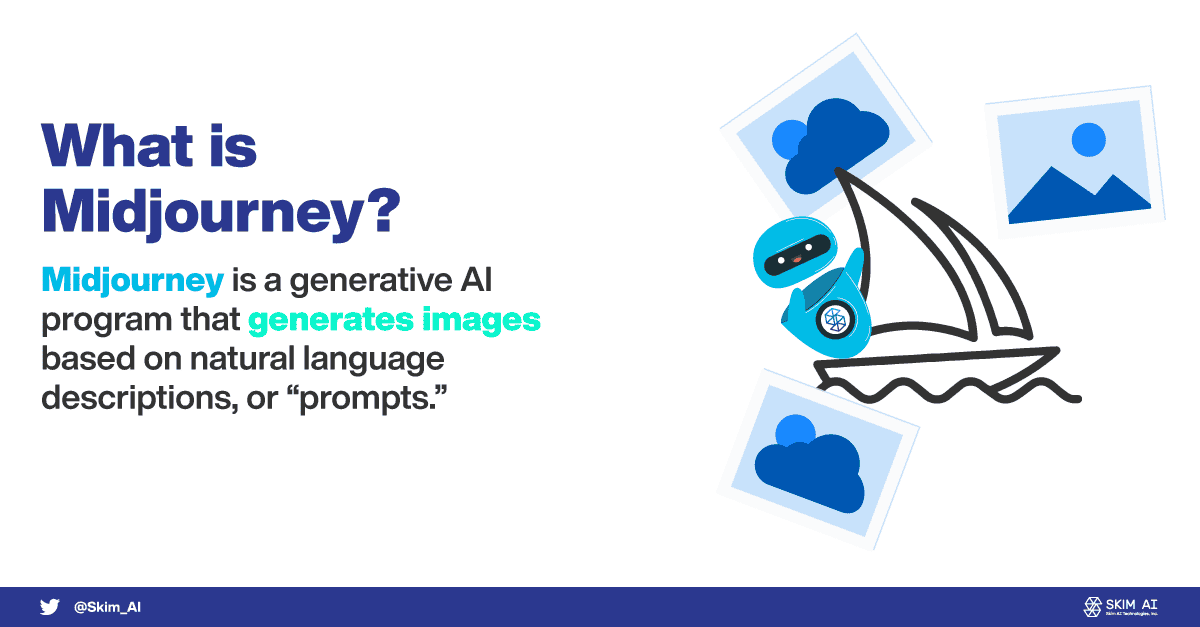
Midjourney is a testament to the capabilities of AI in design, bridging the gap between automation and creativity. Unlike traditional design tools, this image generator leverages machine learning techniques to understand and recreate intricate designs and illustrations. It can grasp design aesthetics and can mimic a variety of styles, from minimalist to abstract, from pop art to realism, thus expanding the creative landscape.
What’s truly revolutionary is that these AI-driven tools can analyze trends, take user preferences into account, and generate design prototypes in a fraction of the time a human designer might need. This not only accelerates the design process but also opens up a world of endless creative possibilities, bringing to life designs that might not have been conceivable through human ingenuity alone.
Such advancements are causing a ripple effect throughout the design industry, stimulating a radical transformation in how design work is conceptualized, executed, and delivered
Redefining Job Roles in Design
The automation in graphic design brought on by AI technologies like Midjourney doesn’t mean doom and gloom for designers. Rather, it heralds a shift in their roles, a redefinition that can empower them to focus on more strategic and creative tasks. As AI image generators become more prevalent, they free designers from mundane, repetitive tasks, opening up a new dimension of creativity and strategic thinking.
Take for instance, the laborious task of creating multiple design variations. An AI-powered creative tool like Midjourney can generate these variations in mere moments, allowing designers to focus on refining and perfecting the best ones. Consequently, the design process becomes more of a collaborative endeavor between human and AI, with the AI-driven graphic creation serving as a springboard for human creativity.
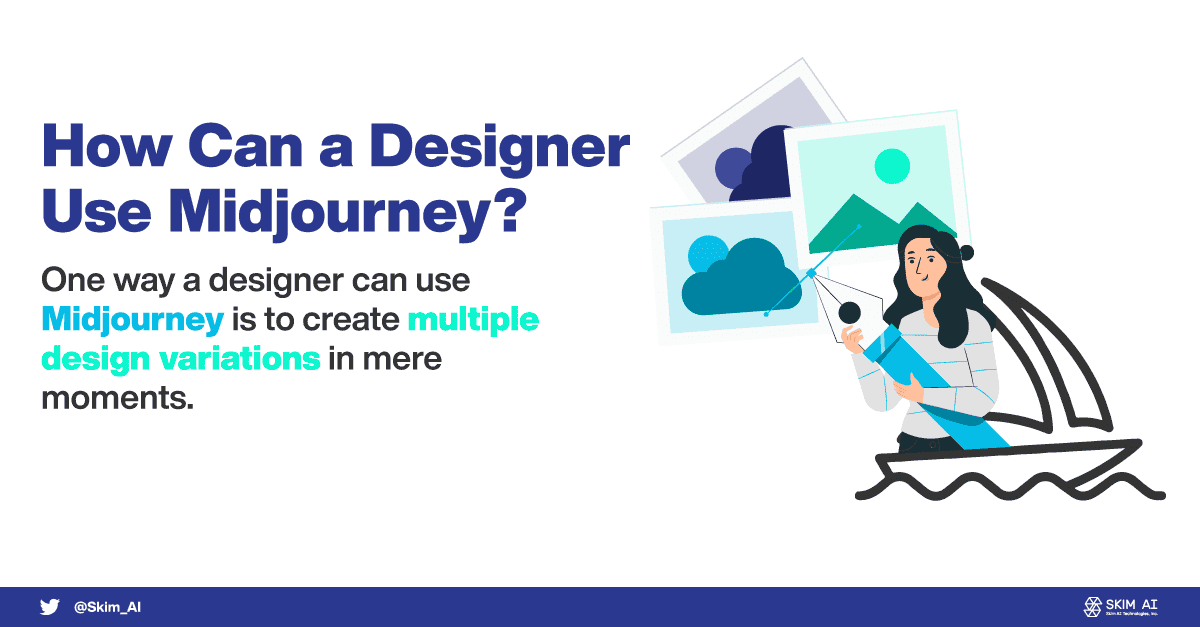
Moreover, as AI advancements in design continue to unfold, new job roles are likely to emerge. These roles will require a fusion of design proficiency and AI literacy. For instance, AI Design Specialists or AI Design Consultants who understand both design principles and the intricacies of AI design automation. These professionals will be able to harness the power of AI-generated images to craft compelling designs, while also advising organizations on how best to leverage these tools.
The impact of AI in design is also likely to broaden the scope of design work. Designers will no longer be limited to purely visual aesthetics. They could also be involved in creating user experiences that interact with the AI tools, curating the AI’s output, or even training the AI systems to produce better designs.
The transformation will extend beyond job roles to influence the design job market trends. As the demand for AI-literate designers increases, so will the need for design education to incorporate AI and machine learning modules. Future design curriculums might well include classes on machine learning in design or AI and creative professions.
The design industry disruption we’re witnessing is paving the way for a hybrid model of design — one that blends human creativity with AI-powered efficiency. As we move towards this augmented reality of design process automation, it’s important to embrace the changes, adapt, and prepare for a future where human and AI work in unison.
Industry Disruption: New Job Prospects and Challenges
The AI design revolution is not without its upheavals. It’s reshaping the design landscape, birthing new opportunities while also presenting unique challenges. The rise of AI image generators heralds a new era of automated visual content, fundamentally changing the way we approach the design process.
With AI-generated images becoming mainstream, we’re witnessing a demand for new skill sets in the job market. More than just understanding the principles of design, designers of the future will need to comprehend the underlying mechanics of AI-powered creative tools.
One emerging area of expertise lies in prompt engineering for AI design tools. The ability to formulate precise prompts that guide the AI to produce desired outputs is crucial. Learning to write expert prompts that can effectively instruct tools like Midjourney will be a vital skill, much like how a director instructs an actor to evoke specific emotions or expressions.
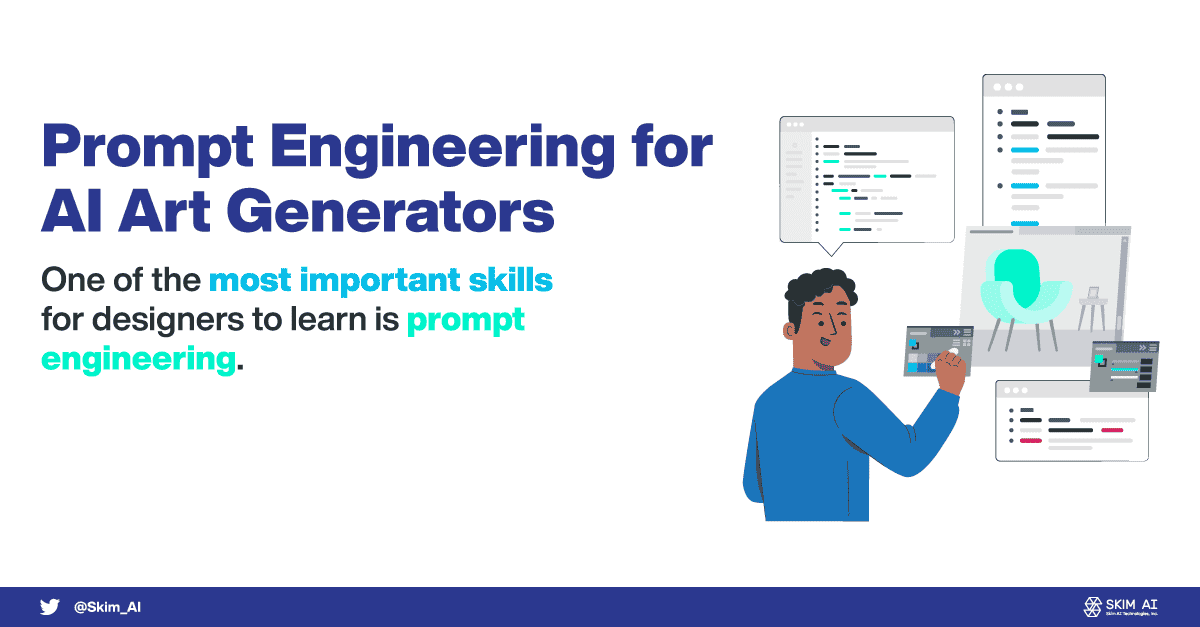
On the flip side, the increased reliance on AI-driven creation poses its challenges. One major concern is the potential loss of originality. When AI becomes the creator, questions arise about the uniqueness and authenticity of the work. Designers will need to strike a balance between using AI for efficiency and maintaining their distinctive creative voice.
Another challenge lies in the possible job displacement due to automation in graphic design. While AI is unlikely to replace creative professions entirely, it may diminish the need for certain roles. Designers must be ready to adapt, upskill, and shift their focus to areas where human creativity and strategic thinking are irreplaceable.
This shift towards machine learning in design isn’t a cause for fear but an opportunity for growth. As AI and creative professions merge, designers can look forward to a future enriched by AI. A future where their roles are not replaced, but elevated.
The Future of Design: Human-AI Collaboration
The potential for AI advancements in design doesn’t mean the end of human creativity, rather it introduces a new era of human-AI collaboration in design. The evolving landscape of AI-driven graphic creation is reshaping the way we think about the design process, inviting us to explore innovative methods of co-creation with AI.
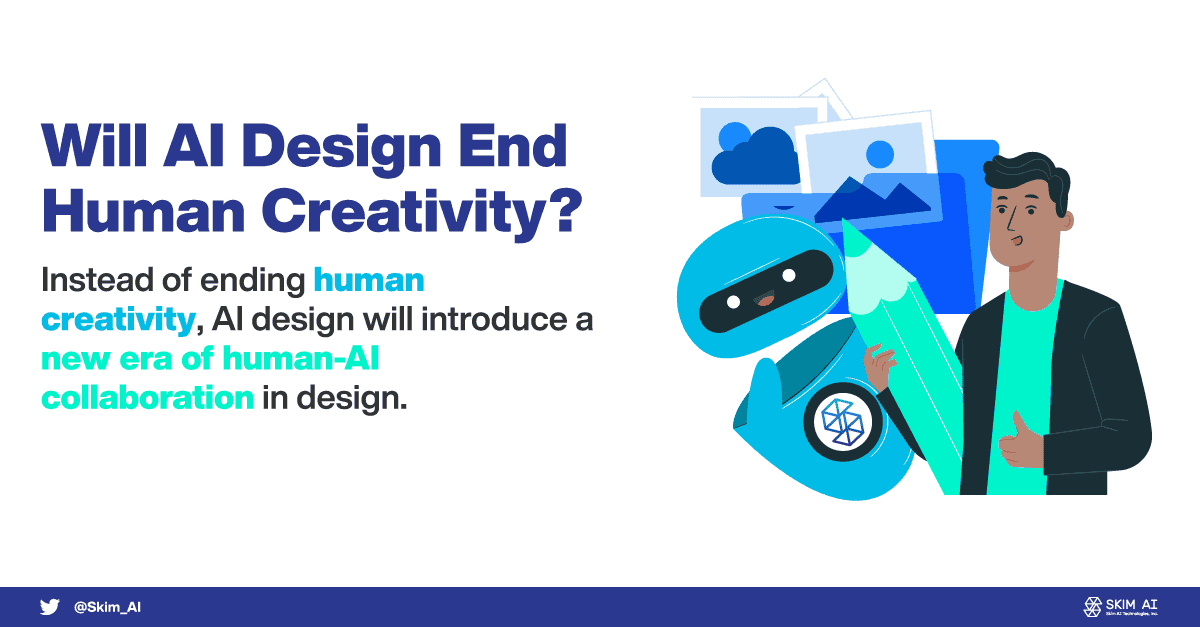
AI-powered tools like Midjourney are setting the stage for this collaboration, acting as creative partners rather than replacements. With the rise of AI-generated images, the role of the designer is transforming from being the sole creator to becoming a guide or director. The AI design revolution is enabling designers to orchestrate the AI’s capabilities, manipulating its functionality through prompts to create unique designs.
For instance, designers can use expert prompt engineering to command the AI tool to generate a series of designs, which they can then refine and perfect. In this way, AI becomes a catalyst for augmented creativity in design, expanding the realm of possibilities and fostering innovation.
The key to unlocking this potential lies in embracing AI and creative professions as allies. Automated visual content can relieve designers from time-consuming and repetitive tasks, giving them more room to focus on strategic and innovative aspects of design. It’s not about replacing the human touch but enhancing it with AI’s efficiency and capacity for mass production.
Furthermore, the design industry disruption caused by AI is likely to broaden job prospects rather than diminish them. As AI takes over more routine tasks, new roles focused on prompt engineering, AI design management, AI ethics in design, and much more will emerge.
In this exciting, shifting landscape, the future of design lies not in human versus AI but in human plus AI. By harnessing the power of AI, designers can push the boundaries of creativity, leading to groundbreaking innovations that shape our visual world. As we delve deeper into the AI design revolution, one thing is clear: The designers who will flourish in this era are those who are ready to adapt, learn, and grow alongside AI.




